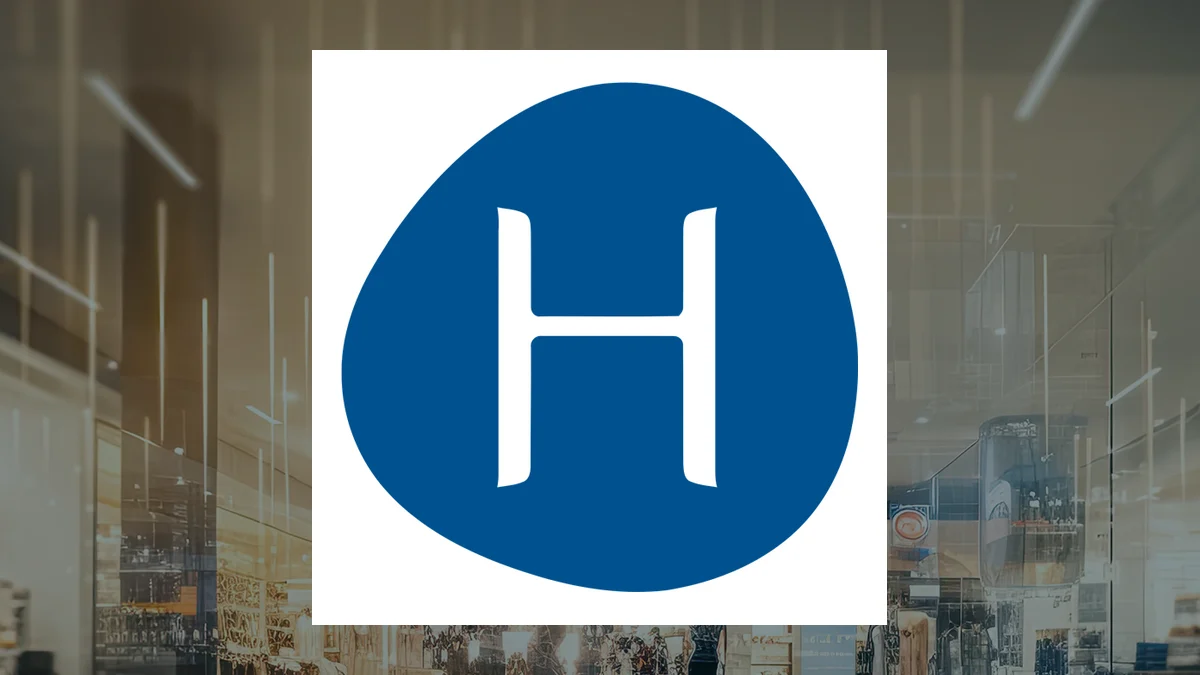
HTHT
H World Group Limited
$50.9
2.34
(4.82%)
| Exchange: | |
| Market Cap: | 15.647B |
| Shares Outstanding: | 45.248M |
About The Company
| Sector: | Consumer Cyclical | |||||
| Industry: | Travel Lodging | |||||
| CEO: | Hui Jin | |||||
| Full Time Employees: | 28502 | |||||
| Address: |
|
|||||
| Website: | https://ir.hworld.com |
H World Group Limited, together with its subsidiaries, develops leased and owned, manachised, and franchised hotels primarily in the People’s Republic of China. The company operates hotels under its own brands, such as HanTing Hotel, Ni Hao Hotel, Hi Inn, Elan Hotel, Zleep Hotels, Ibis Hotel, JI Hotel, Orange Hotel, Starway Hotel, Ibis Styles Hotel, CitiGO Hotel, Crystal Orange Hotel, IntercityHotel, Manxin Hotel, Mercure Hotel, Madison Hotel, Novotel Hotel, Joya Hotel, Blossom House, Steigenberger Hotels & Resorts, MAXX by Steigenberger, Jaz in the City, Grand Mercure, Steigenberger Icon, and Song Hotels. As of June 30, 2022, it operated 8,176 hotels with 773,898 rooms. The company was formerly known as Huazhu Group Limited and changed its name to H World Group Limited in June 2022. H World Group Limited was founded in 2005 and is headquartered in Shanghai, the People’s Republic of China.
Click to read more…
Revenue Segmentation
EPS
Earnings Call
Income Statement
(* All numbers are in thousands)
Balance Sheet
(* All numbers are in thousands)
Cash Flow Statement
(* All numbers are in thousands)
Analyst Estimates
(* All numbers are in thousands)







